When it comes to Spanish wine, two names often come up in conversations and on menus: the Tempranillo grape and Rioja. These two terms are closely intertwined, as Tempranillo is the grape variety that forms the backbone of most Rioja wines. However, they also have distinct identities that set them apart.
While one is a versatile grape known for its bold flavors and aging potential, the other refers to a specific wine region in Spain renowned for producing some of the finest reds in the world. In this article, we will dive into the fascinating world of Tempranillo wine and Rioja wine, exploring their origins, characteristics, and what makes them so beloved among wine lovers and enthusiasts worldwide.
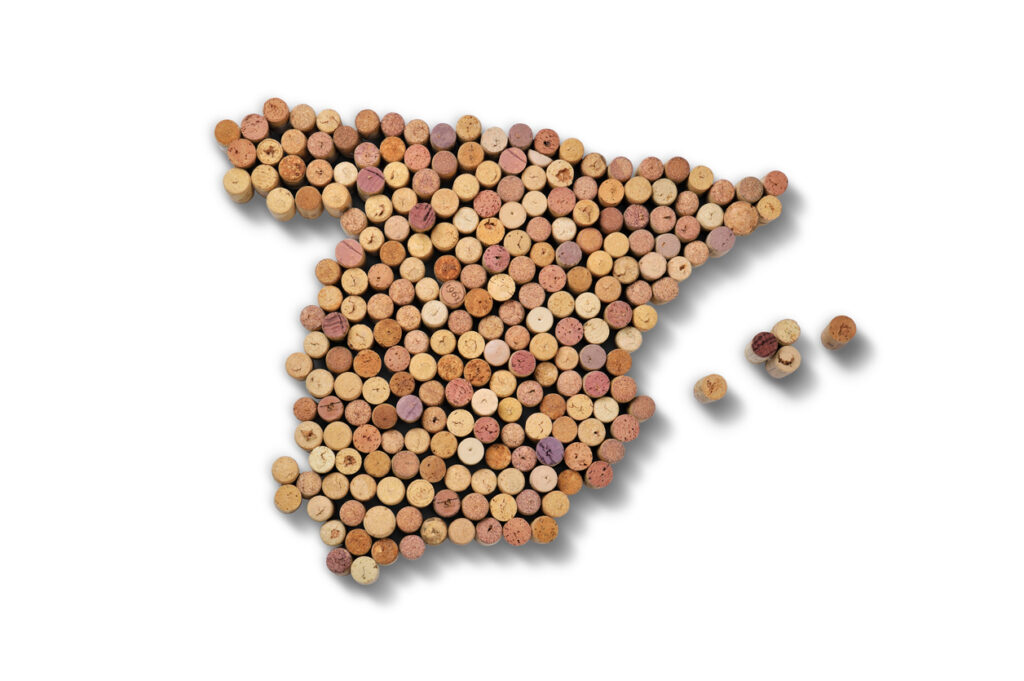
Historically it was thought tha tempranillo grapes are related to pinot noir. Monks were thought to have left pinot noir cuttings in the Rioja region on one of their pilgrimages. Modern studies have underlined that these varietals are not related.
The tempranillo or Tinta del País grape is related to the tinta de toro varietal. You can find both spanish red grapes in regions close to the portuguese border.
Understanding Rioja
Rioja region is a wine region that captivates the senses and intrigues wine enthusiasts worldwide. The unique climate and terroir of this Spanish wine region impart distinctive characteristics to the wines produced here. One must understand the three main grape varieties used in Rioja to fully appreciate its red wines namely: Tempranillo wines, Garnacha wines, and Mazuelo wines. These grapes each contribute their own flavors and textures, resulting in complex and balanced wines.
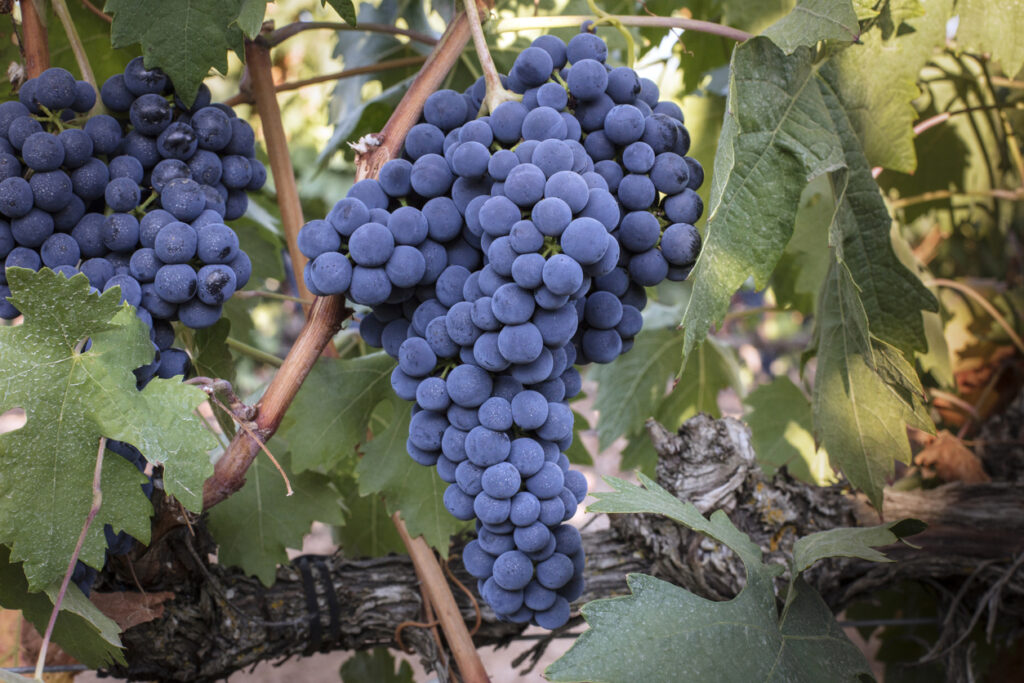
In addition to grape varieties, Rioja also has different aging classifications which further enhance its diversity. Crianza wines are aged for at least one year in french oak oak barrels, followed by another year of bottle aging before release. Reserva wines spend at least three years aging (one of which must be in oak barrels) before they hit the market. And finally, Gran Reserva wines undergo extended oak barrel and bottle aging for a minimum of five years before they are ready to be enjoyed with tempranillo’s signature leather flavors.
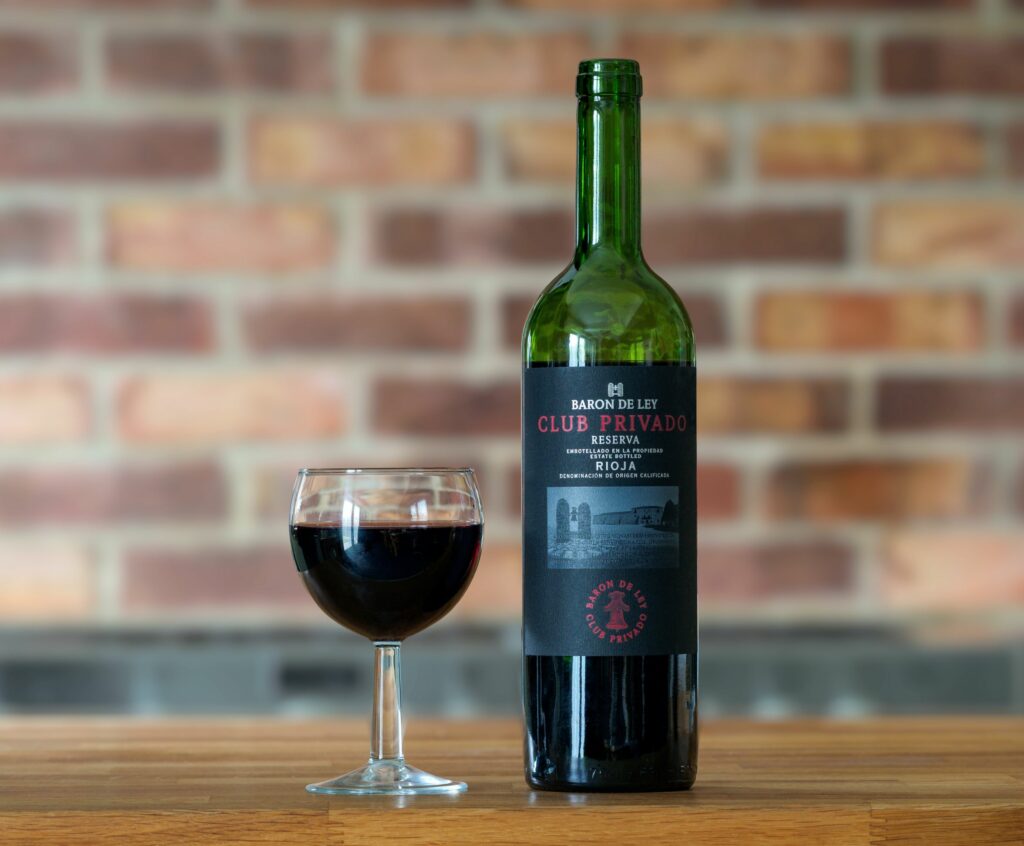
Furthermore, what sets Rioja apart from other wine regions is that it seamlessly blends traditional winemaking practices with modern techniques, ensuring consistent quality while still preserving its rich history. With this blend of tradition and innovation combined with its exceptional vineyards, Rioja truly offers an unforgettable wine experience worth exploring for any wine enthusiast or aspiring sommelier alike.
Ribera del Duero Tempranillo Wines
The prestigious Rioja and Ribera del Duero regions are neighbouring spanish wine regions. The Ribera del Duero region is renowned for its exceptional Tempranillo wines, which showcase the unique terroir and climate of the area. The old-vine Tempranillo grapes grown in this region result in remarkable wines with intense flavors and complexity. These wines often exhibit bold red fruit flavors, balanced acidity, and firm tannins, making them ideal for aging.
One fascinating aspect of Ribera del Duero Tempranillo wines is their ability to reflect the rich history and tradition of winemaking in the region.
Furthermore, the dedication of winemakers in the ribera del duero region is to innovate while staying true to traditional techniques. This has resulted in a diverse range of styles within Ribera del Duero wines. Whether it’s a tinta del pais or a bold and robust reserva or a more approachable joven, each bottle tells a compelling story rooted in centuries-old winemaking heritage while also embracing modern trends.
Understanding Tempranillo
Tempranillo also known as tinta roriz, the noble grape of Spain, is a varietal that deserves our attention and understanding. Known for its versatility, it can be found in a wide range of wine styles and flavor profiles. When fermented traditionally, this red grape produces tempranillo’s signature leather flavorswines. It also shows bold fruit flavors like red cherry and plum, complemented by earthy undertones and subtle hints of vanilla or tobacco. But there’s more to Tempranillo red wine than meets the eye.

One interesting aspect of Tempranillo is its ability to reflect its terroir. The climate where the grapes are grown greatly influences the characteristics of the wine they yield. In regions with cooler climates like Rioja Alavesa, for example, Tempranillo tends to be lighter-bodied with brighter acidity and vibrant red fruit flavors. Conversely, in warmer areas like Ribera del Duero, the grapes ripen fully giving rise to richly concentrated wines with fuller body and darker fruit notes.
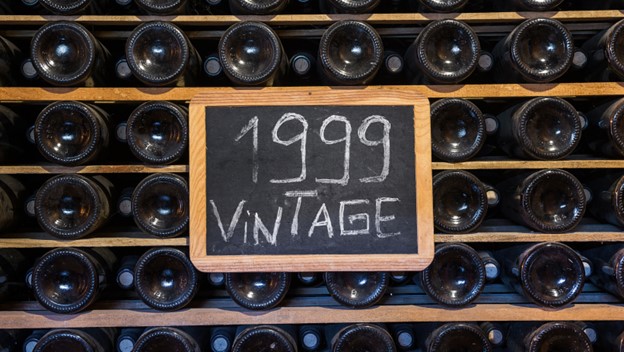
Another noteworthy point about Tempranillo is its aging potential. While many wines are best enjoyed young, some well-crafted Tempranillos have excellent cellaring capabilities that allow them to age gracefully over time – even up to several decades! During this maturation period, these wines develop complexity as they evolve from youthful freshness into something truly extraordinary.
Similarities of Tempranillo and Rioja
Tempranillo and Rioja are like a dynamic duo when it comes to Spanish wine. One cannot be mentioned without the other, as they go hand in hand. Tempranillo is the grape variety that forms the foundation of most Rioja wines, making up at least 85% of the blend. The similarities between these two are palpable, starting with their deep crimson color that exudes elegance and richness.

Ageing Potential
Both Tempranillo and Rioja share an inherent ability to age gracefully. The robust structure of Tempranillo gives it incredible aging potential, allowing it to develop complex flavors over time. Similarly, Rioja wines have gained international recognition for their ability to evolve beautifully in the bottle. As they mature, these wines reveal layers of subtle nuances like leather, tobacco, and dried fruit that mesmerize even the most discerning palates.
Flavor Profile of Tempranillo and Rioja
Another striking similarity lies in their distinctive flavor profiles. Both Tempranillo and Rioja often exhibit notes of ripe red berries such as cherries and strawberries on the nose. On the palate, they showcase a delightful combination of black fruits like blackberries and plums alongside hints of spice and vanilla from oak aging. This harmonious balance makes them incredibly versatile for food pairing as they can complement a wide range of dishes from roasted meats to spicy Mediterranean cuisine.

Differences between Tempranillo and Rioja
Tempranillo wine and Rioja are two terms often used interchangeably in the wine world. It’s important to note that they are not the same thing. While Tempranillo is a grape variety, Rioja refers to a specific wine region on the iberian peninsula. Understanding the differences between them can enhance your appreciation for Spanish wines.

Tempranillo is a versatile red grape that thrives in various climates and regions worldwide. Its name, tempranillo vines comes from the Spanish word temprano, meaning early, as this grape tends to ripen earlier than others. Known for its deep ruby color and rich flavors of red fruits, leather, and tobacco, Tempranillo can produce bold and age-worthy wines with moderate levels of tannins.
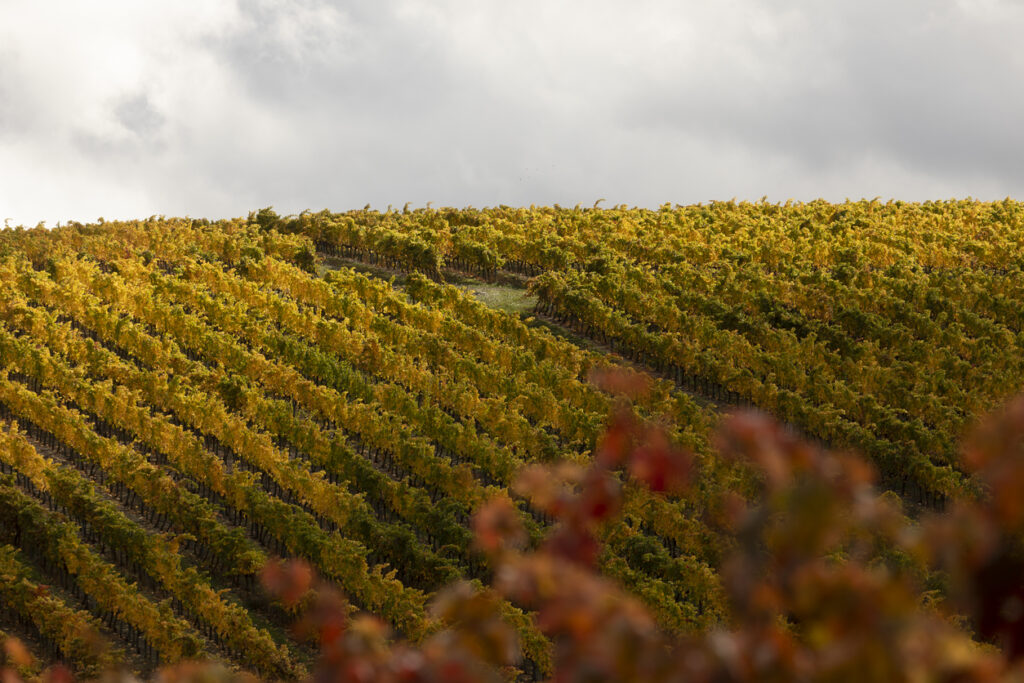
On the other hand, Rioja is a Denominación de Origen Calificada (DOCa), or qualified designation of origin, located in northern Spain. It encompasses several sub-regions with distinct terroirs influenced by the Atlantic climate. In addition to Tempranillo grapes grown here, other varieties like Garnacha (Grenache), Mazuelo (Carignan), and Graciano play important roles in creating Rioja blends. The aging requirements set by law also distinguish Rioja from other wines. It must spend certain periods in oak barrels and bottle before being released for sale.
Food Pairing of Tempranillo and Rioja Wines
When it comes to food pairing, Tempranillo and Rioja wines offer a world of possibilities.
Meat
One interesting combination to try is a grilled lamb chop paired with a glass of Rioja Reserva. The rich and subtly smoky flavor of the lamb perfectly complements the complexity and depth of the red wine itself. The earthy notes in the wine highlight the natural flavors of the meat, creating a mouthwatering experience.

Vegetarian food pairing
For those who enjoy vegetarian options, consider pairing Tempranillo with roasted red pepper and goat cheese tartlets. The sweet and slightly spicy flavors of roasted red pepper harmonize with the fruity notes in the wine. At the same time the creamy goat cheese adds a luscious contrast juicy fruit flavors. This combination showcases how well Tempranillo can complement vegetable dishes, roasted vegetables, proving that it is not solely reserved for meat lovers.

How to serve Tempranillo and Rioja
When it comes to serving Tempranillo and Rioja wines, there are a few key factors that can make all the difference in your enjoyment of these Spanish gems.
Temperature
First and foremost, it’s important to consider the temperature at which you serve these wines. Many experts suggest slightly chilling both Tempranillo and Rioja, as this can help accentuate their vibrant flavors and delicate aromas. However, be mindful not to over-chill them; serving these wines too cold can mute their complexity.

Another crucial aspect is decanting. While not necessary for all Tempranillo and Rioja wines, decanting can greatly enhance their flavors by allowing them to breathe. Surprisingly, even young Tempranillos benefit from a bit of air exposure before being served. Decanting also helps separate any sediment that may have formed in older bottles of aged Riojas. This esures a smoother drinking experience.
Glassware
Lastly, consider the glassware you use when serving these wines. Opt for larger glasses with wide bowls to allow the aromas to develop fully. This will allow you to truly appreciate the intricate nuances of the wine making each sip. By taking these factors into consideration and experimenting with different combinations of temperature, decanting techniques, and glassware preferences when serving Tempranillo and Rioja wines, you’ll be well equipped to unlock their full potential and experience an elevated wine-drinking experience like no other.
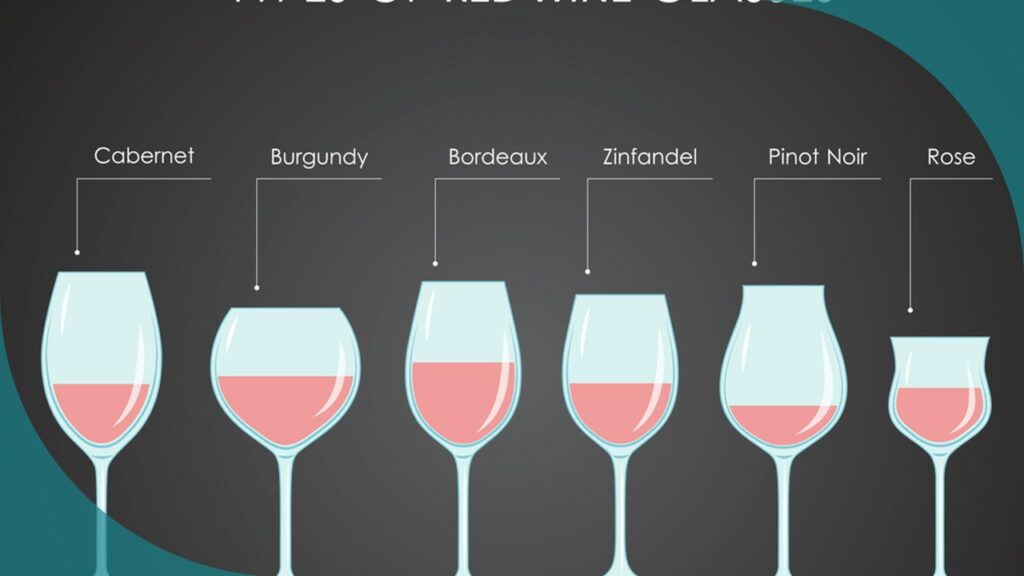
Conclusion
In conclusion, both Tempranillo wines and Rioja wines offer distinct flavors and characteristics that make them beloved by wine enthusiasts around the world. Tempranillo showcases notes of red fruit, leather, and earthiness. Rioja wines exhibit a unique combination of fruitiness, oak influence, and aging potential. Whether you prefer the boldness of a Tempranillo or the complexity of a Rioja, both are excellent choices for any occasion. So why not embark on your own tasting journey and explore the delightful world of Tempranillo and Rioja wines? Cheers to discovering your new favorite wine!

